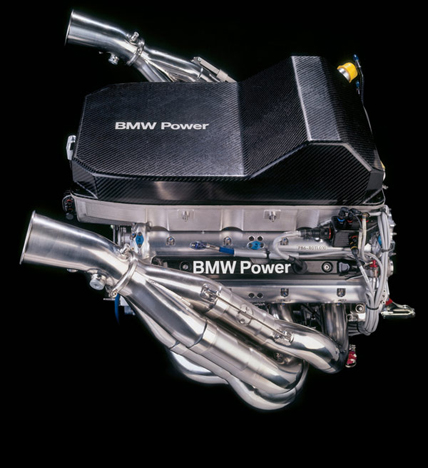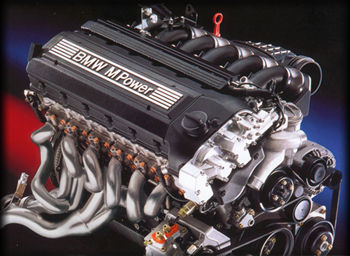Exhaust Systems
 The Exhaust system is an often
misunderstood part of the engine. It does a lot more than just remove the waste gasses!
The Exhaust system is an often
misunderstood part of the engine. It does a lot more than just remove the waste gasses!
There are a number of design requirements when creating an exhaust system for a vehicle. Modern systems are centered
around increasing performance, lowering emissions, and reducing noise. Noise is controlled by designing baffles and
resonators which are able to cancel out certain noise frequencies. The noise from each cylinder firing event
can be controlled and timed to reflect back against each other, pass through padding which can absorb some noise and
also resonate to provide an acceptable sound.
Emissions are controlled by Catalytic Converters which are able to induce a chemical reaction in the hot gasses to
reduce pollutants, such as combining Carbon Monoxide (CO) with "spare" Oxygen to produce CO2. Nitrous Oxides (referred
to as a group NOx) and Hydrocarbons can also be reduced. The Catalytic converters need to be hot to
function correctly which has introduced a few methods of quick heating. Some early systems had electric heaters inside which would
get the Cats to operating temperature quicker. Modern designs will place the Converters as close as possible to the cylinder
head, and you may also see twin wall exhaust pipes designed to insulate the exhaust gasses so the heat is passed to the converter matrix.
Emission control Air Pumps are also used under cold start conditions. The extra fuel which is needed to ensure
combustion at low engine temperatures has extra air added to it in the exhaust system to promote it burning on the catalytic
converter matrix, both heating the Cat quicker, and burning off the unused Hydrocarbons.
Diesel Technology also uses Catalytic converters, and often Diesel Particulate Filters known as DPF, FAP and other
manufacturer specific names. Particulate Filters capture soot and ash from the exhaust gas stream and store it in a fine sponge-like
matrix. When conditions are right, the Diesel engine ECU will activate methods to increase the Exhaust Gas Temperatures to burn off the
collected soot. If these occasional Regeneration phases can't be activated, the filter may clog beyond repair and require replacing.
 Increased power from the engine due to exhaust tuning
is often the main goal of the Tuner. To start with, you need to know how the final Performance aspect of the exhaust system works. The First and most important
thing is that there is never a need for "Backpressure" for performance. There is a theory, based on the noted effects which seems to
point to backpressure being important, but that isn't the case.
Increased power from the engine due to exhaust tuning
is often the main goal of the Tuner. To start with, you need to know how the final Performance aspect of the exhaust system works. The First and most important
thing is that there is never a need for "Backpressure" for performance. There is a theory, based on the noted effects which seems to
point to backpressure being important, but that isn't the case.